What is called electrical energy
According to modern scientific concepts, energy It is a general quantitative measure of the movement and interaction of all types of matter, which does not arise from nothing and does not disappear, but can only pass from one form to another in accordance with the law of conservation of energy. Differentiation of mechanical, thermal, electrical, electromagnetic, nuclear, chemical, gravitational energy, etc.
For human life, the most important thing is the consumption of electrical and thermal energy, which can be extracted from natural sources — energy resources.
Energy resources — these are the main sources of energy found in the surrounding nature.
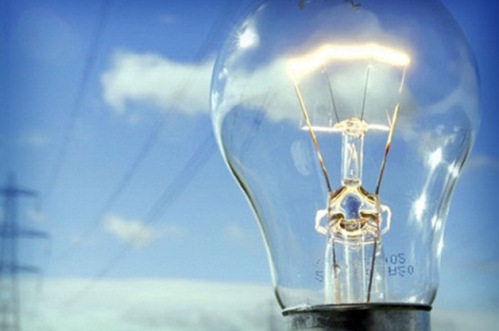
Among the various types of energy used by man, a special place is occupied by the most universal of its types - Electrical energy.
Electric energy became widespread due to the following properties:
-
ability to obtain from almost all energy resources at reasonable costs;
-
ease of transformation into other forms of energy (mechanical, thermal, sound, light, chemical);
-
the ability to transmit relatively easily in significant quantities over long distances with enormous speed and relatively little loss;
-
the possibility of use in devices that differ in power, voltage, frequency.
Mankind has been using electrical energy since the 1980s.
Since the common definition of energy is power per unit of time, the unit of measurement for electrical energy is the kilowatt hour (kWh).
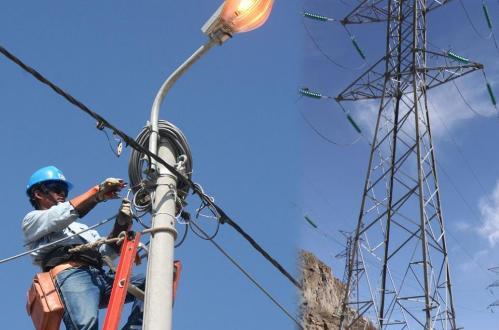
The main quantities and parameters, with which you can characterize electrical energy, describe its quality, there are well-known:
-
electric voltage — U, V;
-
electric current — I, A;
-
total, active and reactive power-respectively S, P, Q in kilovolt-amperes (kVA), kilowatts (kW) and reactive kilovolt-amperes (kvar);
-
power factor cosfi;
-
frequency — f, Hz.
For more details see here: Basic electrical quantities
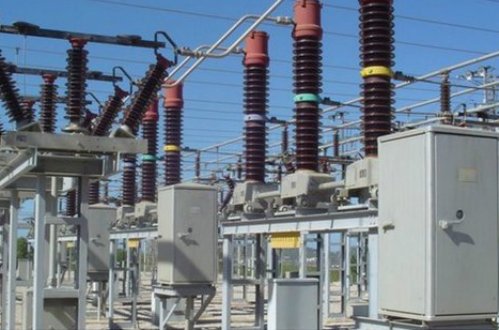
Electric energy has a number of characteristics:
-
not directly subject to visual perception;
-
easily transformed into other types of energy (eg thermal, mechanical);
-
very simply and at high speed it is transmitted over long distances;
-
simplicity of its distribution in electrical networks;
-
easy to use with machines, installations, devices;
-
allows you to change your parameters (voltage, current, frequency);
-
easy to monitor and control;
-
its quality determines the quality of the equipment that consumes this energy;
-
the quality of energy at the place of production cannot serve as a guarantee of its quality at the place of consumption;
-
continuity in the time dimension of energy production and consumption processes;
-
the energy transfer process is accompanied by its losses.
The Energy and Power of Electric Current Screen Tutorial Factory Filmstrip:
Energy and power of electric current - 1964

The widespread use of electricity is the backbone of technological progress… In every modern industrial enterprise, all production machines and mechanisms are driven by electrical energy.
For example, it allows, compared to other types of energy, with the greatest convenience and the best technological effect to carry out heat treatment of materials (heating, melting, welding). Currently, the action of electric current is used on a large scale for the decomposition of chemicals and the production of metals, gases, as well as for the surface treatment of metals in order to increase their mechanical and corrosion resistance.
To obtain electrical energy energy resources are needed which can be renewable and non-renewable. Renewable resources include those that are completely replenished within the lifetime of one generation (water, wind, wood, etc.). Non-renewable resources include those accumulated earlier in nature, but practically not formed under new geological conditions — coal, oil, gas.
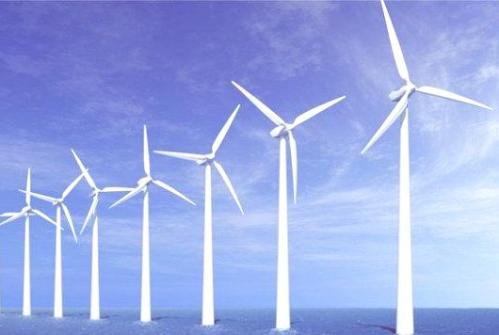
Any technological process for obtaining electrical energy implies a single or repeated conversion of various types of energy. In this case, it is called the energy directly extracted in nature (energy of fuel, water, wind, etc.) primary… The energy received by a person after the conversion of primary energy in power plants is called second (electricity, steam, hot water, etc.).
At the heart of traditional energy are thermal power plants (CHP), using the energy of fossil fuel and nuclear fuel, and hydroelectric power plants (HPP)… The unit capacity of power plants is usually large (hundreds of MW of installed capacity) and they are combined into large power systems. Large power plants generate more than 90% of all electricity consumed and they are the basis of the complex of centralized power supply of consumers.
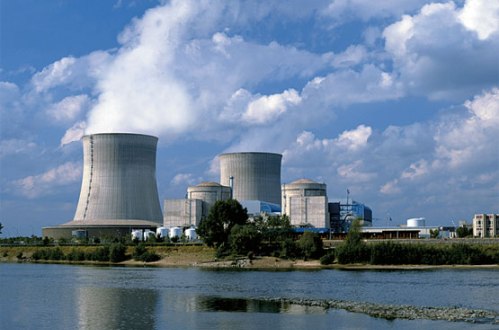
The names of power stations usually reflect which type of primary energy is converted into which secondary energy, for example:
-
CHP converts thermal energy into electrical energy;
-
a hydroelectric plant (HPP) converts the energy of water movement into electricity;
-
wind farm (WPP) converts wind energy into electricity.
For a comparative characterization of the technological processes of electricity production, such indicators as the efficiency of energy use, the specific price of 1 kW of the installed power of the power plant, the price of the generated electricity, etc. are used.
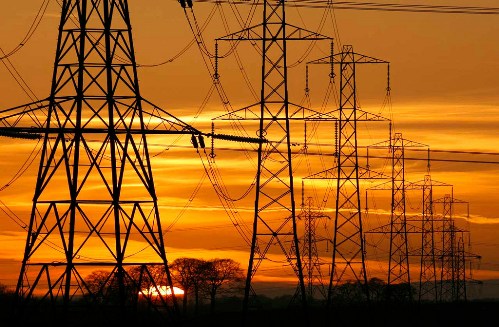
Electric energy is transmitted by the electromagnetic field of the conductor, this process has a wave character. In addition, part of the transmitted electrical energy is spent in the conductor itself, that is, it is lost. This is what the concept implies «Loss of electricity»… There is a loss of electricity in all elements of the electrical system: generators, transformers, power lines, etc., as well as in electrical receivers (electric motors, electrical devices and aggregates).
The total loss of electricity consists of two parts: nominal losses, which are determined by the operating conditions at nominal modes and the optimal choice of the parameters of the power supply system, and additional losses due to the deviation of the modes and parameters from the nominal values. Saving electricity in power supply systems is based on the minimization of both nominal and additional losses.
